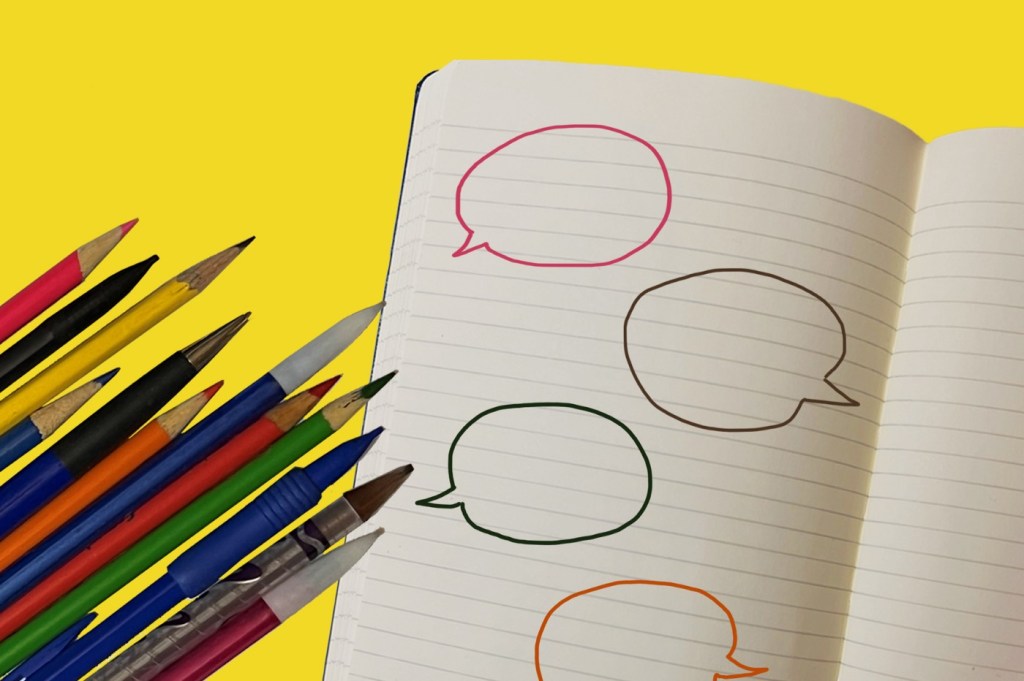
On January 31, the New York Fed’s economic education team hosted “What Does 21st Century Civic Engagement Look Like?,” a virtual event to discuss the challenges and opportunities of civic engagement education. The event featured a panel of experts in civic education, presentations by three educators who have led civic engagement projects, two project demonstrations from students, and an interactive whiteboard session where participants shared their thoughts on civic engagement classroom strategies.
Here are some of the highlights from the day’s event:
- Learning by taking action: In addition to organizing and hosting an annual conference, students in the Global Kids program in New York City created a “Census Squad,” which educated residents about how to fill out the census form and talked to people in the community about why an accurate count was important for public services in their neighborhood. Students from New York City’s Union Square Academy for Health Sciences tested the school’s drinking water for lead, and, upon discovering high lead levels, lobbied local and state officials to improve public health laws and worked to minimize the use of single-use water bottles in the school. Students in both groups emphasized how empowered they felt and how civic engagement made traditional academic content more meaningful.
- Bringing the outside world into the classroom: Dan Roeder at Winston Preparatory School discussed teaching his students how to evaluate charitable giving to ensure maximum impact, in the process letting the students explore the variety of nonprofits working to improve communities. Dr. Shane Snipes at Borough of Manhattan Community College leads an entrepreneur program that led one student to survey the community to understand business owners’ attitudes toward homelessness and shared the results to help business owners realize that there was a collective desire to help the homeless population in their neighborhood. And Christine Vigliotti, an assistant principal at PS16 on Staten Island, explained how her school participated in the “Hat Not Hate” program. Students at the school wore blue hats to signal their participation in an anti-bullying campaign, and the school conducted awareness activities about the consequences of bullying to strengthen their learning community.
- Hands-on civics work benefits students: Jatnna Ramirez, the director of curriculum and special projects at Global Kids, highlighted the soft skills that civic engagement projects develop, such as teamwork. These projects also allow students to use talents they may not have the opportunity to use in the classroom. For instance, in-person community outreach gives students who speak a second language a chance to use those skills. Elizabeth Clay Roy, the CEO of Generation Citizen, highlighted that civic engagement teaches students empathy. Elizabeth Angeles, associate vice president for advocacy at United Way of New York City, emphasized that civic engagement projects should be rooted in the students’ communities and are most successful when they’re participatory and students have ownership of the project.
About Economic Education
The New York Fed’s Economic Education team provides accessible economic education content and programs for educators, students, and the public, and aims to reach a broad audience, with a focus on highlighting economic and racial inequities. To learn more about the team’s work and access our resources, please visit the Economic Education hub.
Graham Long is an economic education associate in the Communications and Outreach Group at the New York Fed.
Tess Hwang is an economic education manager in the Communications and Outreach Group at the New York Fed.
This article was originally published by the New York Fed on Medium.
The views expressed in this article are those of the contributing authors and do not necessarily reflect the position of the New York Fed or the Federal Reserve System.










